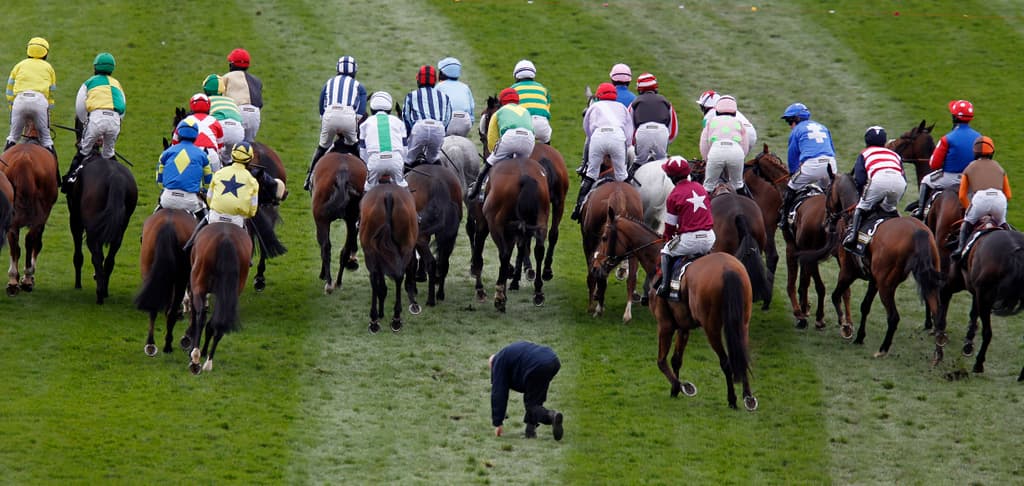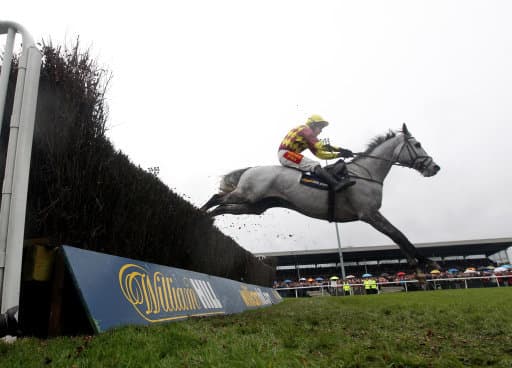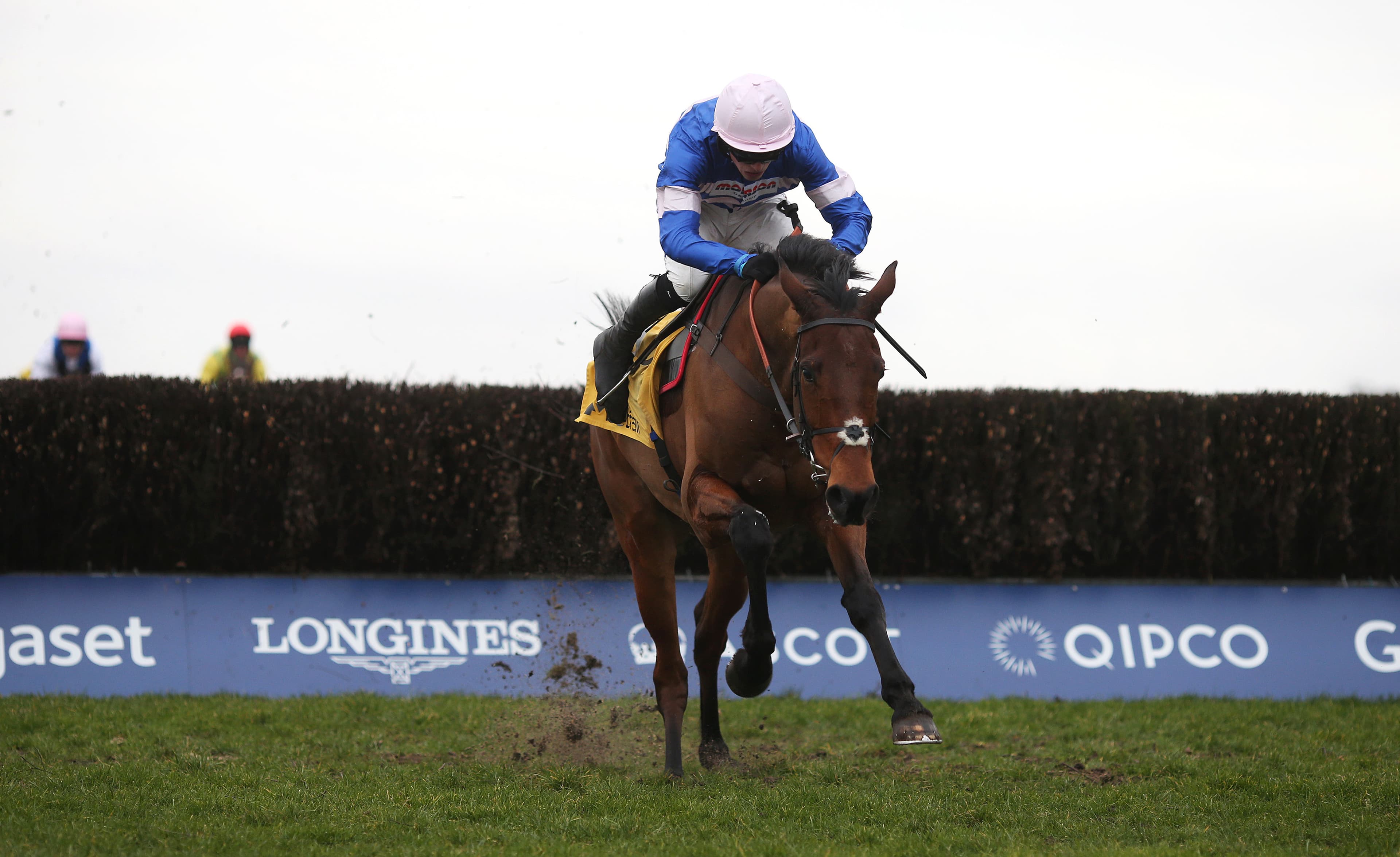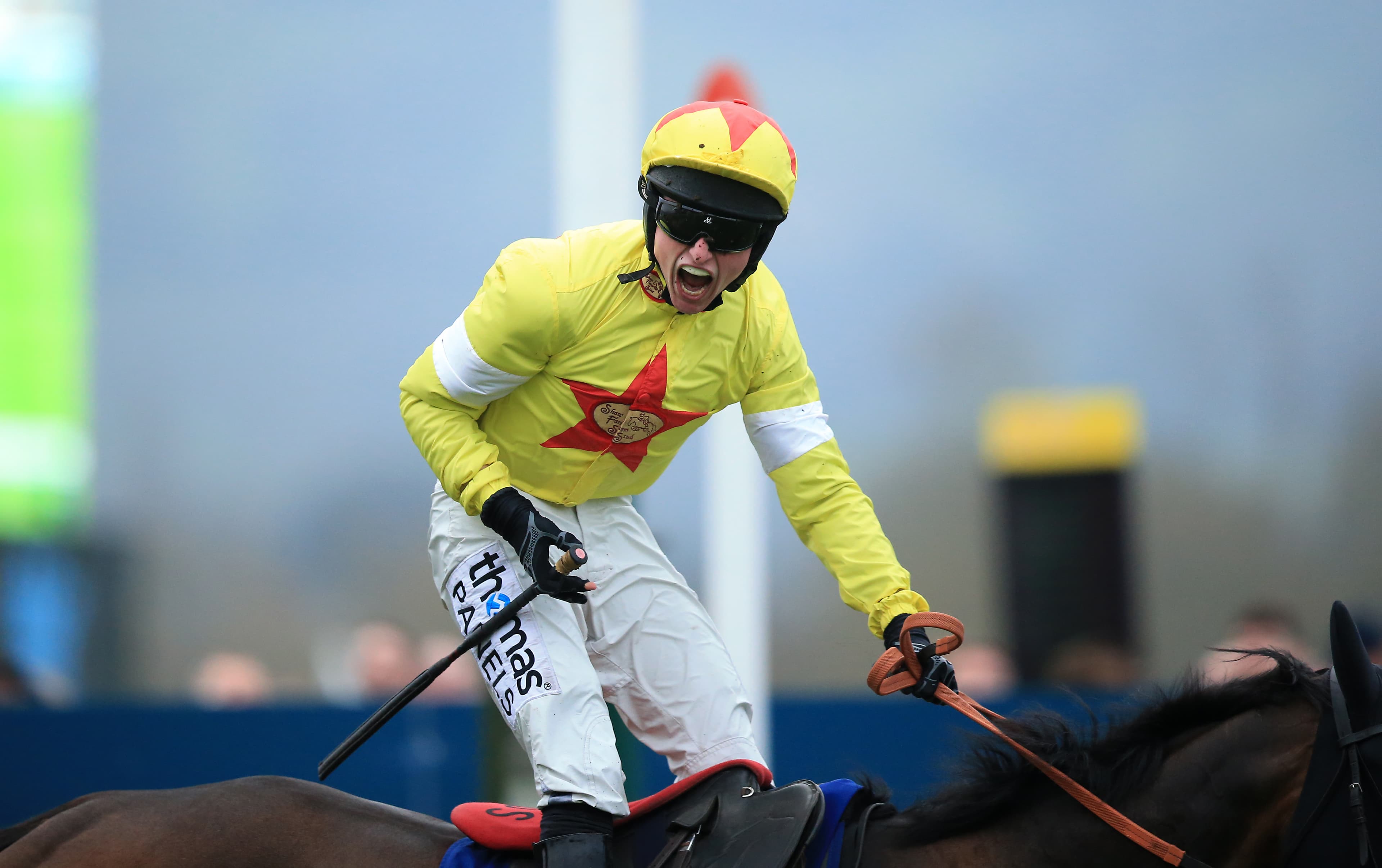With over 16,000 horses in training in the UK, clearly all them do not possess the same attributes or capability.
Some horses are lucky enough to contest the biggest prizes in global racing - where off levels weights, the desire is to find the best around.
For example, they could be in the appropriately-named Champion Hurdle or Champion Chase in National Hunt or perhaps the Champion Stakes on the flat, which we will both come to.
The majority of horses however race in what is called 'handicaps', where each horse is allocated a weight according to its racing ability, in an attempt to equalise every horse’s chance of winning.
We have two categories of racing – the flats and the jumps, and in order to create fair and competitive racing, the sport's governing body - the British Horseracing Authority, installed the handicap ratings system.
They assess the ability of every single horse based on their performances at a racetrack.
After three races on the track, the handicap rating system knows enough about a horse to give them an official rating, which in turn determines how much weight they carry in future contests.
For example, if one horse is rated 100, and the other is rated 95, the horse rated five points more than the other will essentially carry an additional 5lbs in weight.
Should the horse carrying 5lbs extra continue to beat horses rated inferior to them or amongst those with similar figures, that horse would rise up the class system to tackle harder races against better individuals.
Likewise for those who are not in contention of winning anything, the weight applied from the ranking will steadily shred off.
The aim of a handicap race is to give every horse an equal chance of winning, and the plan is to have every horse crossing the finish line at the same time - which is surprisingly yet to happen!
To provide opportunities for a range of horses, a racing classifications system is in place in both the flat and jump's racing seasons.





